Pablo Alvarez
Posts tagged with acquisitions
Showing 1 - 10 of 34 items
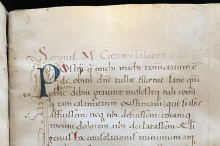
Join us next Thursday, 16 January between 4-6p for our first Third Thursdays at the Library event of the semester!
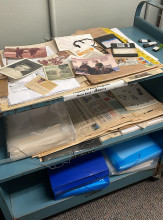
A second batch of materials for the Marcelo Mirisola Papers archive has arrived at the University of Michigan Library.
It is with pride and excitement that we announce the acquisition of the Marcelo Mirisola Papers – an archival collection that comprises 5 boxes of materials produced in the Portuguese language by renowned Contemporary Brazilian author Marcelo Mirisola during the first 15 years of his writing career (1989–2004).

Enjoy a portrait from a recently acquired photograph album with albumen print photographs featuring portraits of people and landscapes of Algeria and Tunisia.

Explore a recently acquired item from our new Jewish Salonica Postcard Collection.
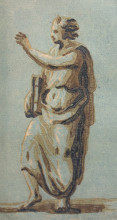
We are very pleased to announce the recent acquisition of the first comprehensive treatise ever published about the illustration technique of woodcut: Jean Michel Papillon. Traité historique et pratique de la Gravure en bois. 2 vols. (Pierre Guillaume Simon, 1766). Papillon’s manual is particularly remarkable for including a fully illustrated step-by-step depiction of the sixteenth-century technique of chiaroscuro.

The Special Collection Research Center recently acquired an early Japanese astronomy book titled 天経或問 (Japanese: Tenkei wakumon; Chinese: Tianjing huowen:"Questions and Answers on Astronomy"). Printed in 1730 in Tōkyō, it was a republication of a Chinese astronomy work supplemented with Japanese reading marks. Chinese Studies Librarian Liangyu Fu introduces us to this new acquisition.
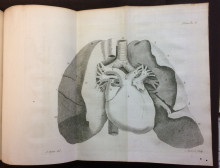
On behalf of the University of Michigan Library we want to express our most sincere gratitude to Marty and Marilyn Lindenauer for their generous donation that allowed us to acquire a series of books and artifacts for our History of Medicine Collection.

This 1799 edition of The Images of Saints from the family of the Emperor Maximilian I (1459-1519) contains for the very first time an almost complete series of the woodcuts that were originally commissioned by Maximilian I to illustrate the legends, history and genealogy of earlier saints claimed to be connected to the House of Habsburg.
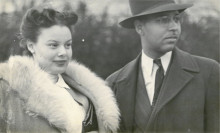
We are very excited to announce that the Labadie Collection has acquired the Thompson Family Papers, a collection that offers a window into the lives and political activities of Detroit’s black professionals from the mid 1920s to the late 1960s.